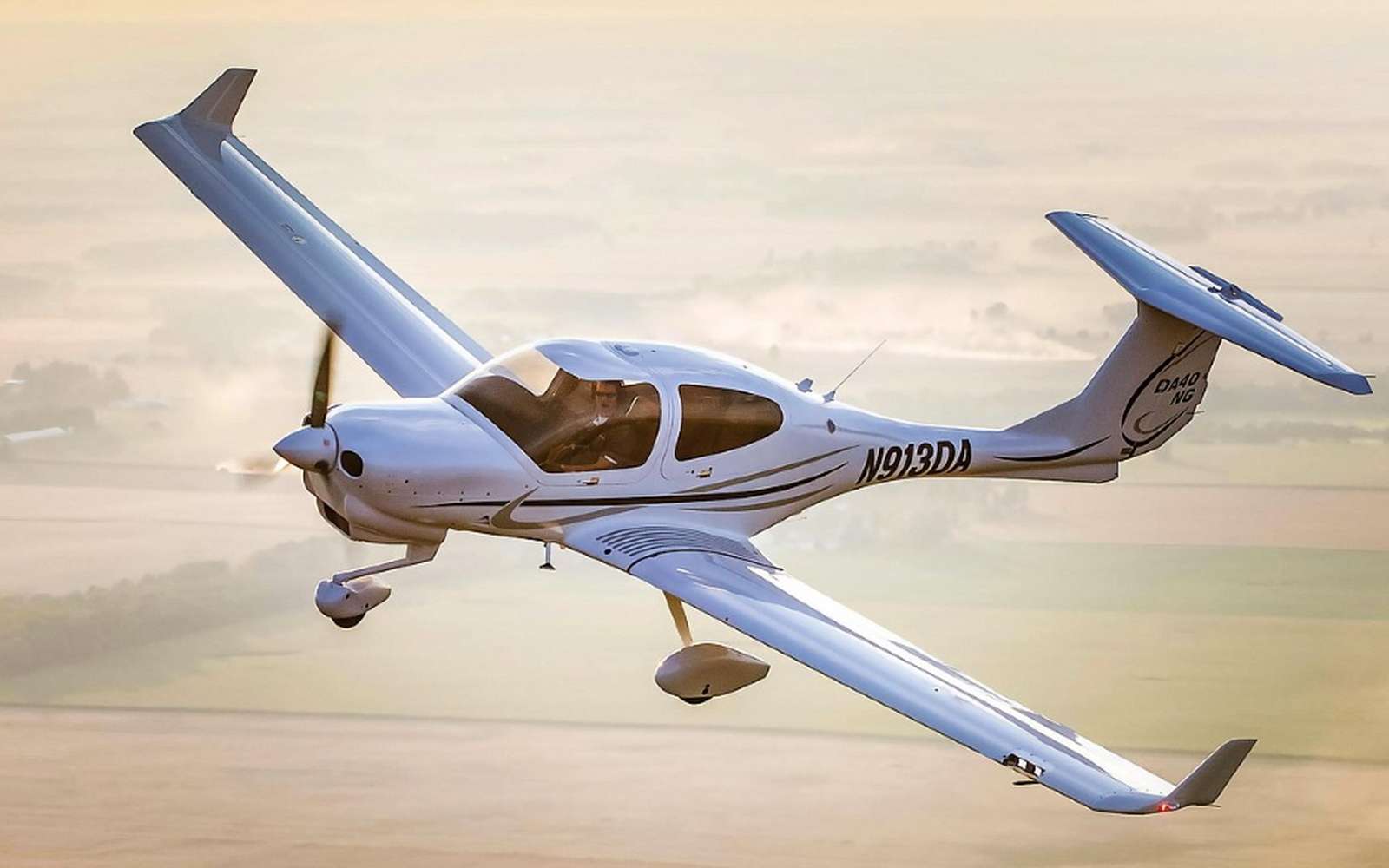The US Department of Homeland Security has warned that the theft systems of modern small aircraft are vulnerable to hacking from the moment the hacker physically reaches the inside of the aircraft.
The hacking of some non-critical parts of an airliner is known, that of cars is the daily thieves and even the Tesla are pirates. It is now the turn of passenger aircraft to become potential victims of pirates. In any case, this is what a directive from the US Federal Department reveals. It is asking manufacturers of electronic systems equipping more and more light airplanes to review the safety of their equipment.
Everything comes from a survey of the cybersecurity firm Rapid7. One of the company’s analysts being himself a pilot, he questioned the vulnerability of an onboard system called CAN, for Controller Area Network, otherwise known as a data bus system in French. This method makes it possible to manage the transmission of avionics data (equipment, sensors, instruments, etc.) of the aircraft. It turns out that this system is absolutely not secure. A feather in aviation, while most functions are redundant in case of failure!

An air cyberattack
To successfully hack the CAN, you have to get into the plane and connect a small electronic box to the CAN wiring. This one is then able to interfere with the avionics and to deliver false indications on the instruments of the board with the obvious consequences that this can have in full flight. So dangerous, even though in the United States most airfields are secure.
In France, entering the livery of a flying club is not impossible on the aerodromes. The land is often left unattended and aircraft flights, if rare, exist when the hangar is penetrated. Similarly, some planes are parked for long periods outdoors. This kind of manipulation is therefore possible. It remains to know the reasons that could motivate this type of cyber attack. In all cases, these vulnerabilities do not concern older aircraft equipped with instruments and mechanical systems, which represents in France, the vast majority of the fleet of passenger aircraft.